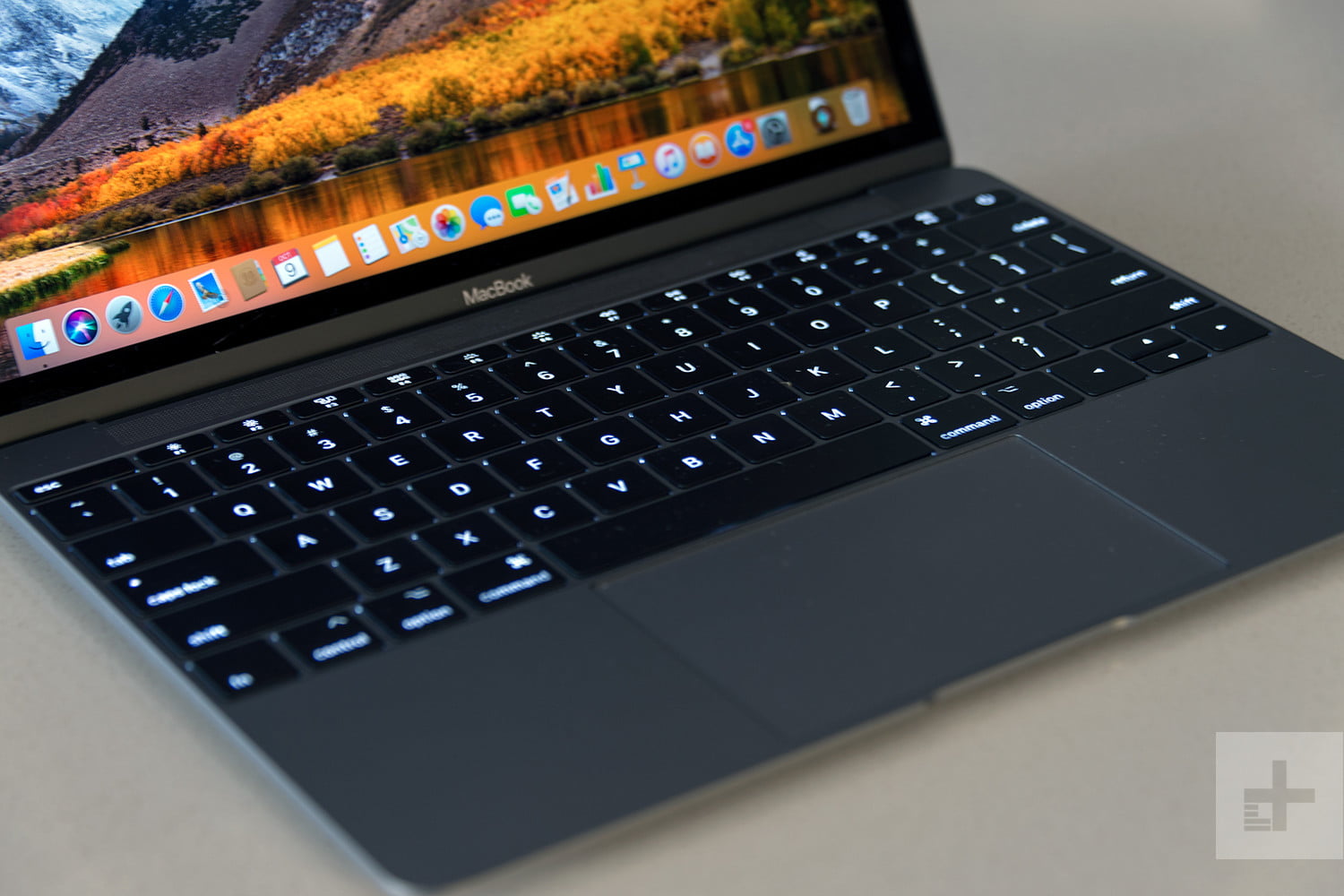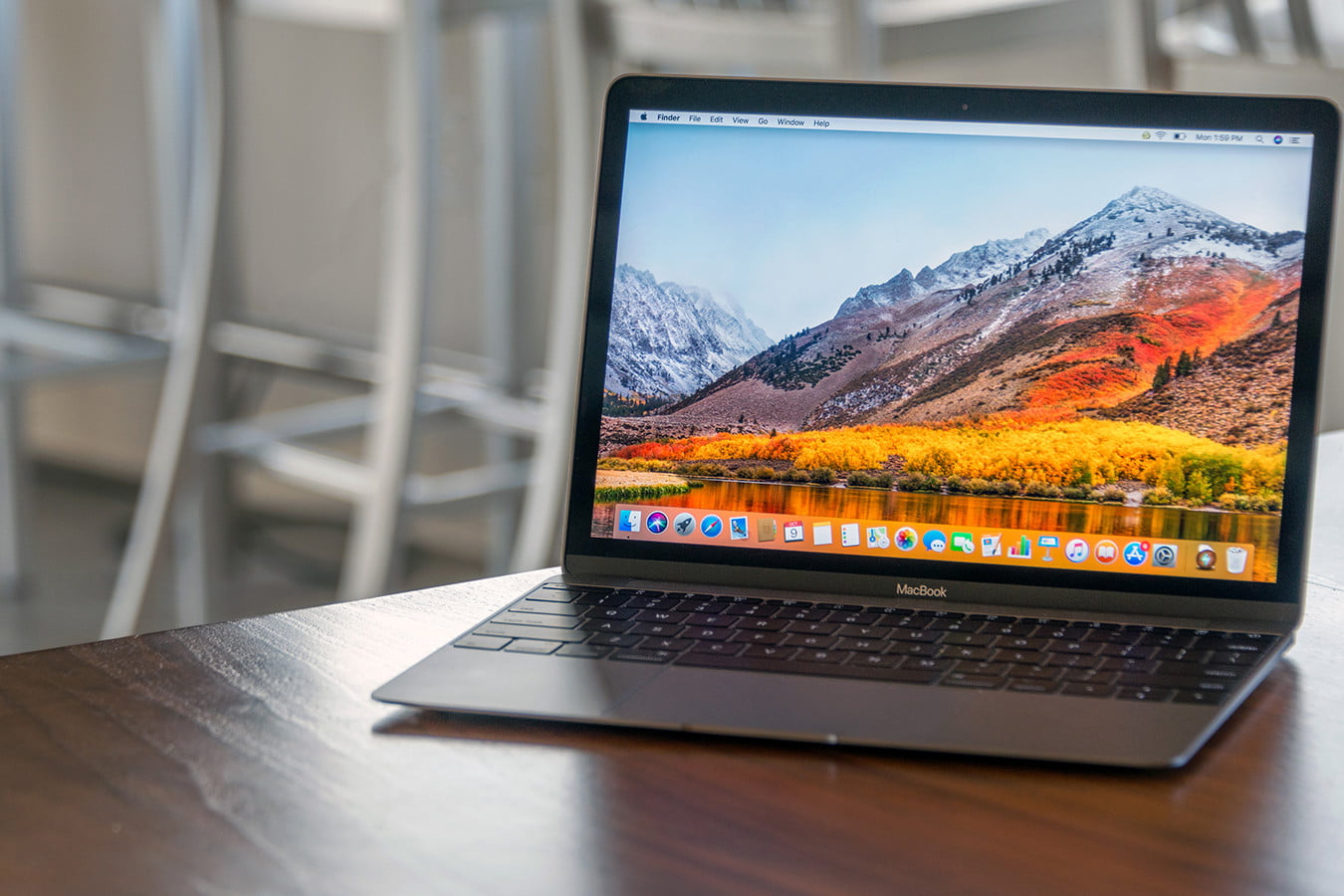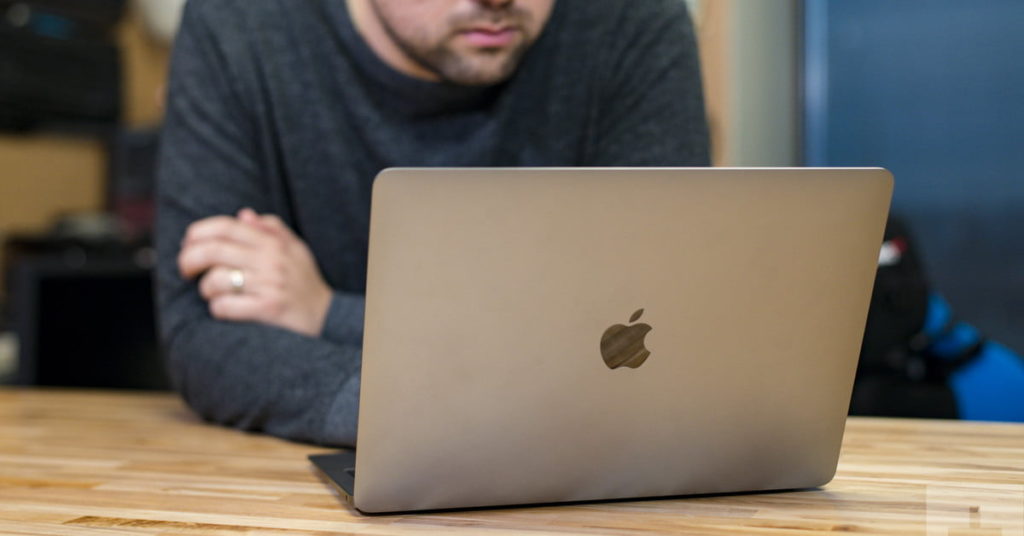Apple MacBook Air vs. Apple MacBook: What’s The Best Portable Mac?
Apple’s most beloved Mac, the MacBook Air, just got better. With under-the-hood improvements, the 2018 Air received a much needed performance boost along with a fresh design. But that’s not all that Apple updated — the MacBook Air also got a new pricier starting price.
Starting at $1,199, this year’s Air not only costs $200 more than the outgoing model, but the new price places Apple’s “cheapest” notebook within $100 of the $1,299 MacBook. Both laptops sport slim and svelte profiles and are designed for mobile road warriors. So which should you choose? The slightly larger and more powerful MacBook Air, or the ultra-slim and sleek MacBook? We’ll weigh some of the most important features of both notebooks to guide you in your buying decision.
Design

Despite its name and recent makeover, the MacBook Air now occupies a more confusing spot in Apple’s Mac lineup, as the standard MacBook is still both smaller and lighter than Air. If you’re looking for ultimate portability, there’s no denying the slightly wedge-shaped MacBook is the option to choose, with its 2.03-pound body and 12-inch display. In comparison, the MacBook Air weighs nearly three-quarters of a pound heavier to accommodate a larger 13.3-inch frame. Both laptops are lighter than last year’s Air, which clocked in with a solid three-pound body.
The biggest visible change to the MacBook Air design is the Retina display. Apple’s swapped the bold aluminum borders around the screen for edge-to-edge glass. Though the Air has more pixels than the regular MacBook — 2,560 x 1,600 v. 2,304 x 1,440 pixels, respectively — both notebooks share a similar number of pixels per inch (about 227), given that that the Air’s increased pixel count has to be distributed over a larger screen, as well as similar 16:10 aspect ratios. In practice, they’ll look very similar, but we found that the screen on the Air isn’t quite as bright and colors are more muted in our review of the laptop. Fortunately, though, color accuracy is still good.
Despite packing in more pixels into the Air, the overall footprint of the notebook has shrunk. The 11.97 x 8.36 x 0.61-inch MacBook Air is only slightly larger than the MacBook, which measures 11.04 x 7.74 x 0.52 inches. With the larger size, Apple’s made good use of the real estate on the Air, packing in stereo speakers on each side of the keyboard, similar to the MacBook Pro, which the company claims delivers up to 25 percent more volume and twice the bass as the prior generation.
Apple is also promoting the Air’s environmentally-friendly design this year, as the notebook as made from more recycled parts. Though it’s not noticeable to the user, the Air is now made from an alloy comprised of 100 percent recycled aluminum.
Performance

There’s no question the more powerful components inside 2018’s MacBook Air gives this notebook an edge over the standard MacBook. Both laptops sport dual-core CPU designs, but the Air comes with Intel’s newer 8th-generation processors, while the MacBook is limited to older 7th-generation Core m3 silicon. The newer Y-series processor in this year’s model gives the MacBook Air a slightly better performance edge than the standard MacBook. In single-core tasks, both laptops do a good job of keeping up, but in our multi-core benchmarks, the MacBook Air’s pulls out a bit ahead of the MacBook, though neither laptops can keep up with the more powerful processors on the MacBook Pro, Dell XPS 13, or Huawei’s MateBook X Pro.
Both notebooks ship with 8GB memory, though users can configure the laptops with up to 16GB RAM. The Air will give users more storage options, ranging between a 128GB solid-state drive to a maximum of 1.5TB. In comparison, MacBook users can only choose between 256GB and 512GB SSD options. Regardless of which notebook you choose, you have to consider memory and storage options carefully at the time of purchase, as neither can be upgraded later.
To keep the notebook slim, the Air migrates to Apple’s new keyboard design with butterfly key switches. This means shallow key travels, but the Air utilizes the third-generation keyboard design, which should help alleviate some of the sticky key problems reported on the MacBook and last year’s MacBook Pro models. The trackpad is also larger on the Air this year, and it now supports Force Touch, similar to the MacBook.
Apple replaced all the ports on last year’s Air with two Thunderbolt 3 over USB-C ports on this year’s model, making it more versatile than the uni-port USB-C equipped MacBook. Added Thunderbolt 3 support on the Air means creatives can add an eGPU to get better graphics performance. The Air comes with Intel UHD Graphics 617, compared to the MacBook’s integrated Intel HD Graphics 615, though it’s unclear how much of an upgrade that represents. Both laptops come with a headphone jack.
Portability

Though some may claim that Apple may have sacrificed the standard keyboard in order to make the Air slimmer and lighter this year, one area the company claimed it did not compromise on is battery life. Apple said the new Air is capable of 12 hours of wireless web browsing and 13 hours of iTunes video playback, but we found that the Air only achieved eight hours of light web browsing in our tests. The MacBook offers 10 hours of wireless web use and up to 12 hours of iTunes movie playback. Both laptops come with up to 30 days of standby time.
For professional users, both laptops can be used as a mobile office. With MacOS Mojave supporting Group FaceTime calls, users can add up to 30 participants to their video conference with the pre-installed FaceTime app. The Air handles video calls better, with three microphones and an HD camera, whereas the MacBook only has two microphones and an SD 480p camera. Both cameras are situated above the display for a natural viewing angle.
Mobile users will also benefit from the Air’s increased security this year. The Air ships with a Touch ID sensor, which will help you quickly log into your computer without a password, and the T2 chipset inside will help with data encryption to keep your files secure.
The Air Remains the Better Bet

With better performance, more versatility given the added Thunderbolt 3 port, and a $100-lower price tag, the Air remains a better bet than the MacBook for most users. Unless you demand the MacBook’s slightly slimmer and lighter frame, the MacBook Air will deliver more power at a cheaper price in a package that’s only 2.75 pounds and just barely larger overall.




